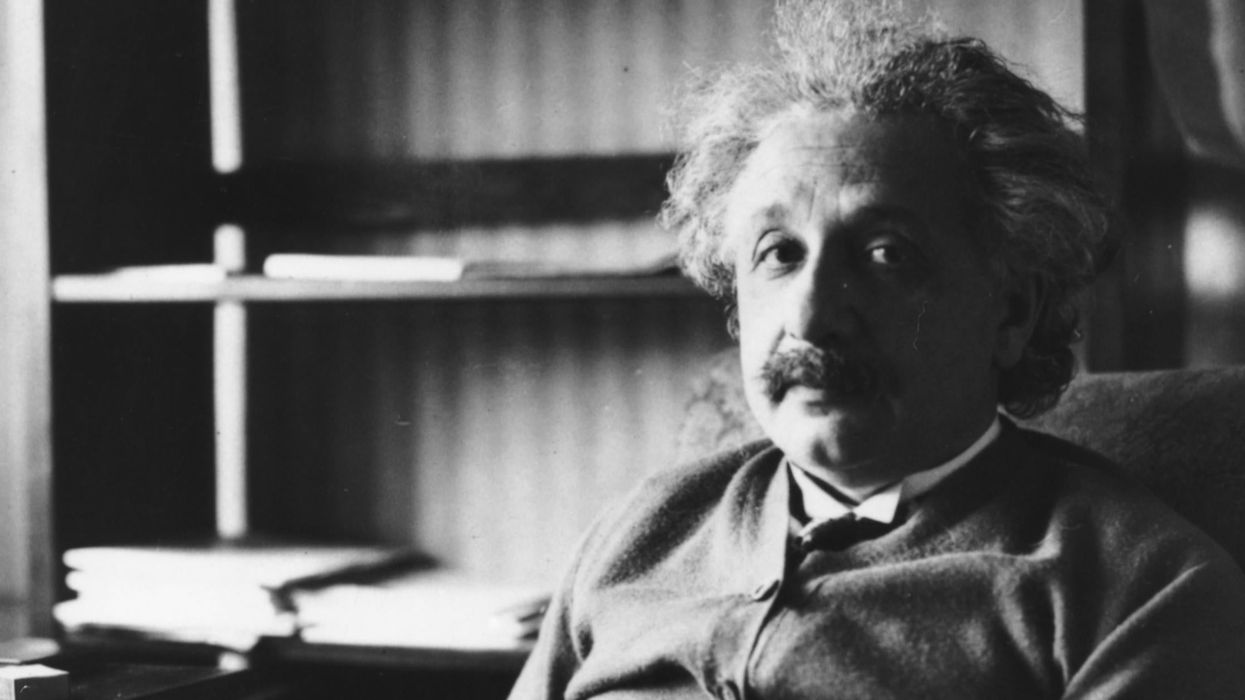Louis Dor
Apr 05, 2017

Picture:
Keystone/Hulton Archive/Getty Images
Combinatory play.
"What is that?" you ask.
It's the process of combining resources, information and inspiration across different disciplines to create original ideas.
Einstein himself termed the phrase, having come up with some of his breakthroughs while playing the violin.
From his book Ideas and Opinions, his articulation springs on how his mind worked, when at its best.
The excerpt comes from a 1945 letter in response to French mathematician Jacques S. Hadamard's survey of the mental processes of famous scientists.
Einstein wrote:
My Dear Colleague:
In the following, I am trying to answer in brief your questions as well as I am able. I am not satisfied myself with those answers and I am willing to answer more questions if you believe this could be of any advantage for the very interesting and difficult work you have undertaken.
(A) The words or the language, as they are written or spoken, do not seem to play any role in my mechanism of thought. The psychical entities which seem to serve as elements in thought are certain signs and more or less clear images which can be “voluntarily” reproduced and combined.
There is, of course, a certain connection between those elements and relevant logical concepts. It is also clear that the desire to arrive finally at logically connected concepts is the emotional basis of this rather vague play with the above-mentioned elements. But taken from a psychological viewpoint, this combinatory play seems to be the essential feature in productive thought — before there is any connection with logical construction in words or other kinds of signs which can be communicated to others.
(B) The above-mentioned elements are, in my case, of visual and some of muscular type. Conventional words or other signs have to be sought for laboriously only in a secondary stage, when the mentioned associative play is sufficiently established and can be reproduced at will.
(C) According to what has been said, the play with the mentioned elements is aimed to be analogous to certain logical connections one is searching for.
(D) Visual and motor. In a stage when words intervene at all, they are, in my case, purely auditive, but they interfere only in a secondary stage, as already mentioned.
(E) It seems to me that what you call full consciousness is a limit case which can never be fully accomplished. This seems to me connected with the fact called the narrowness of consciousness (Enge des Bewusstseins).
Einstein's letter was included in Hadamard's An Essay on the Psychology of Invention in the Mathematical Field as a 'testimonial'.
More: Only 2 per cent of people can solve this 'Einstein riddle'. Can you?
Top 100
The Conversation (0)












